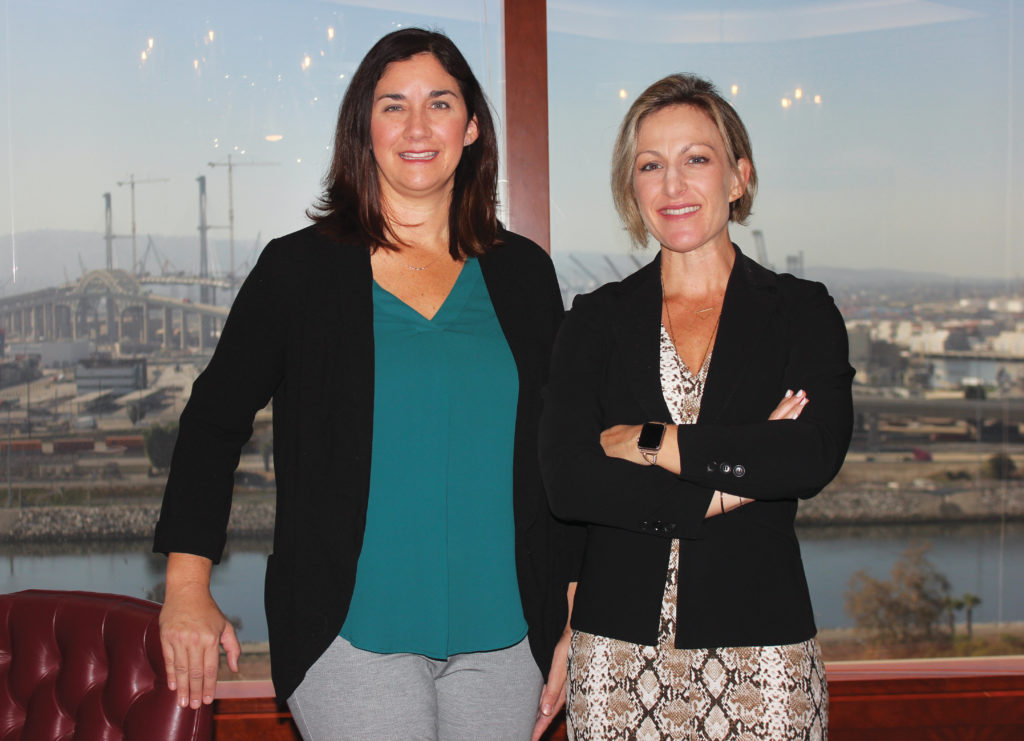As wildfires rage across the state, many California residents may feel compelled to donate to local charities and fund-drives to help their fellow Californians affected by the destructive fires. But the California Attorney General’s office and charity experts warn that emergency situations and natural disasters also attract fraudulent and dishonest actors, ready to cash in on the charitable impulses of benevolent donors.
Whether it’s during the holidays or to lend a helping hand in an emergency, many Californians like to give. In 2018, charitable giving in the state totaled $8.6 billion, according to the California Foundation Stats, which are compiled annually by the nonprofit Foundation Center. To make sure their money is put to good use, donors have several options to check whether the receiving organization is legitimate and turns dollars into real-life results.

Community foundations were among the first organizations dedicated to protecting donors’ interests, while helping to drive funds toward charitable causes. According to the Long Beach Community Foundation, the first community foundation in the U.S. was started in Cleveland in 1914, leading to the establishment of over 800 such organizations across the country today.
“They started as a kind of community chest, where people didn’t necessarily trust the banking system at the time and wanted to find a way to help people in the community by giving [money] to a trusted source, where individuals and companies could pool their funds together and make an impact that way,” Marcelle Epley, president and CEO of the Long Beach Community Foundation, explained.
Since its naissance in 1996, the foundation has assisted donors in guiding their funds toward trustworthy organizations established to do good in the community. Today, it manages approximately $54 million in funds, according to Epley. “We mainly work with financial advisors, trust attorneys and other professional advisors to help their clients find a way to fund charities that are most meaningful to them,” Epley explained. Among the services offered by the foundation are donor-advised funds, which allow donors to place a certain amount of money in a charitable fund to be dispersed over time and receive tax benefits in return.
While there are various ways to give, Epley cautioned donors to make an informed choice in their giving. While online fundraising platforms like GoFundMe have become increasingly popular, Epley noted that donations to individuals and their campaigns on such platforms don’t usually qualify for tax write-offs in the way traditional charitable donations do. “It is not a charitable fund, and if people are using their contribution as a tax write-off, it could get them into trouble with the IRS down the line,” Epley explained.
Daniel Borochoff, president of CharityWatch, a Chicago-based nonprofit formerly known as the American Institute of Philanthropy, said that a trend away from itemization following recent changes in the tax code may make write-offs less relevant. But Borochoff also expressed concerns about individualized crowdfunding and fundraising platforms like GoFundMe, namely with regards to their processes for weeding out bad actors.
According to the for-profit fundraising platform’s website, GoFundMe mainly relies on complaints to identify fraudulent campaigns. On its website, the company lists examples of valid complaints, such as lying or presenting misleading information about the campaign organizer’s identity, their relationship to the ultimate recipient of the funds, or posting misleading statements in their campaign description. “We rely on the GoFundMe community to let us know if there is suspicion that a campaign organizer is involved in any of [these] examples of fraud,” the website notes.
Relying on community reports to identify fraudulent or misleading practices doesn’t work in a charitable setting, Borochoff pointed out, especially given the temporary nature of the campaigns in question. “When you give something to a charity, it’s not like buying a product or service where you get something back,” he explained. This makes it hard for donors to verify how their money is being used. There are no legal requirements to report the use of funds donated to a personal fundraising campaign, but organizers who misrepresent the purpose of their campaign could face criminal charges.
Pooling information on the use of funds by nonprofits and charitable organizations is one of the major services provided by charity watchdogs such as GuideStar and CharityWatch. “A big role we have is motivating donors to pay attention and realize they can accomplish a lot more with their giving if they do some research,” Borochoff explained. “People need confidence, and if they know there’s a tough watchdog like CharityWatch out there, they’re going to be more willing to give.”
Michelle Byerly, executive director of The Nonprofit Partnership, also stressed the importance of researching charitable organizations before making a donation and, if possible, getting involved directly. “As much as possible, we want people in the community to be involved in nonprofits on boards or volunteering,” Byerly said. That way, she argued, potential donors can see the impact a nonprofit makes in the community firsthand and even provide oversight.
Alternatively, Byerly said, those interested in donating should review nonprofits’ impact reports and Form 990 tax returns online or call the organization they plan to donate to. “At all of the nonprofits, there are amazing people doing the work who are happy to talk to you about what they’re doing,” she pointed out.
